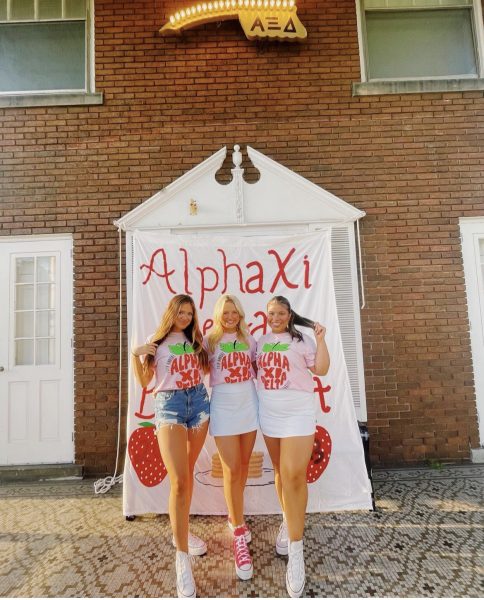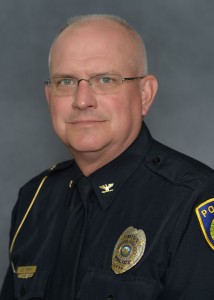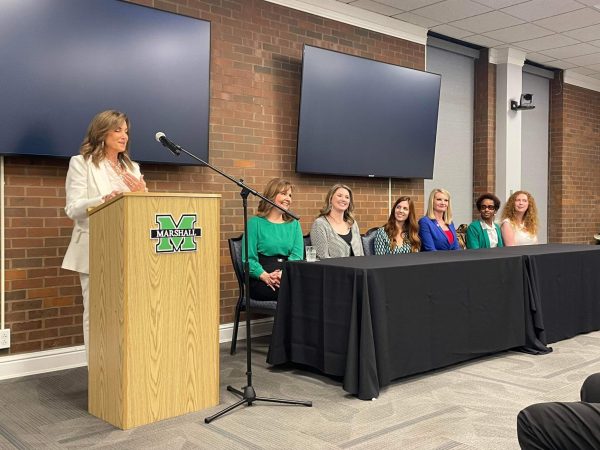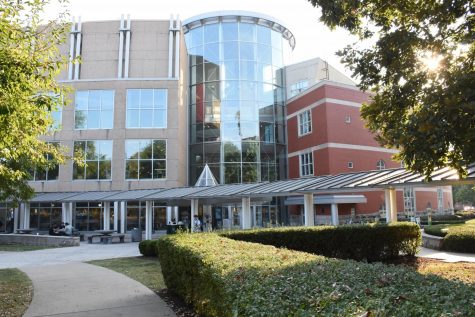Wilkes pitches art humanities project to community
Artist Sassa Wilkes spoke to community members about an impact art installation to address the drug problem in Huntington Monday at The Cellar Door.
The 36-year-old artist started sculpting at a young age, building pieces out of cardboard and began welding while in school.
“I started creating art out of duct tape and cardboard when I was really tiny, and I didn’t think it was art at the time,” Wilkes said.
Wilkes said she loves the idea of public art. She created her sculpture, “Dancing with Max,” as her first project in a community setting which still remains in Huntington.
“It felt like a humanities project to me even though it was privately funded,” Wilkes said. “I made it to address a need I thought was there, and I wanted it to be cheerful and positive to negate the negative connotation of Huntington.”
Wilkes worked as an art teacher at Cabell Midland High School while also being an artist. She said she found joy in teaching children the ways of art.
“I, of course, teach the students who already have a love for art,” Wilkes said. “But I also really like having other classes for those who don’t know they like art. It gives them a chance to try something new and express themselves.”
Wilkes is originally from Barboursville and has lived there her whole life. She’s been around Huntington since she was young and went to school here.
“I am from Barboursville, and I’m in Huntington all the time,” Wilkes said. “In a lot of ways it looks a lot better than it did when I was growing up.”
For this public instillation, she wants it to be collaborative, one giant community art project to address the drug problem Huntington is faced with today.
Wilkes got the idea from researching community art projects and public art. One place in Boston, a woman started a community art outreach program where high school students could develop their artistic skills and sell their work to make money.
“I’m taking baby steps right now, but I’d love to do something like this project one day,” Wilkes said. “It’s a good chance for students to learn new skills and make money as well.”
Wilkes said she believes art is universal and good for everyone.
“Any kind of art is a universal language; it can mean whatever you want it to mean,” Wilkes said. “It’s cool that I can make a piece feel the way I want it to feel to me and leave it just vague enough it’ll touch people differently.”
Michaela Crittenden can be contacted at crittenden2@marshall.edu.
Your donation will help continue the work of independent student journalism at Marshall University. If you benefit from The Parthenon's free content, please consider making a donation.





